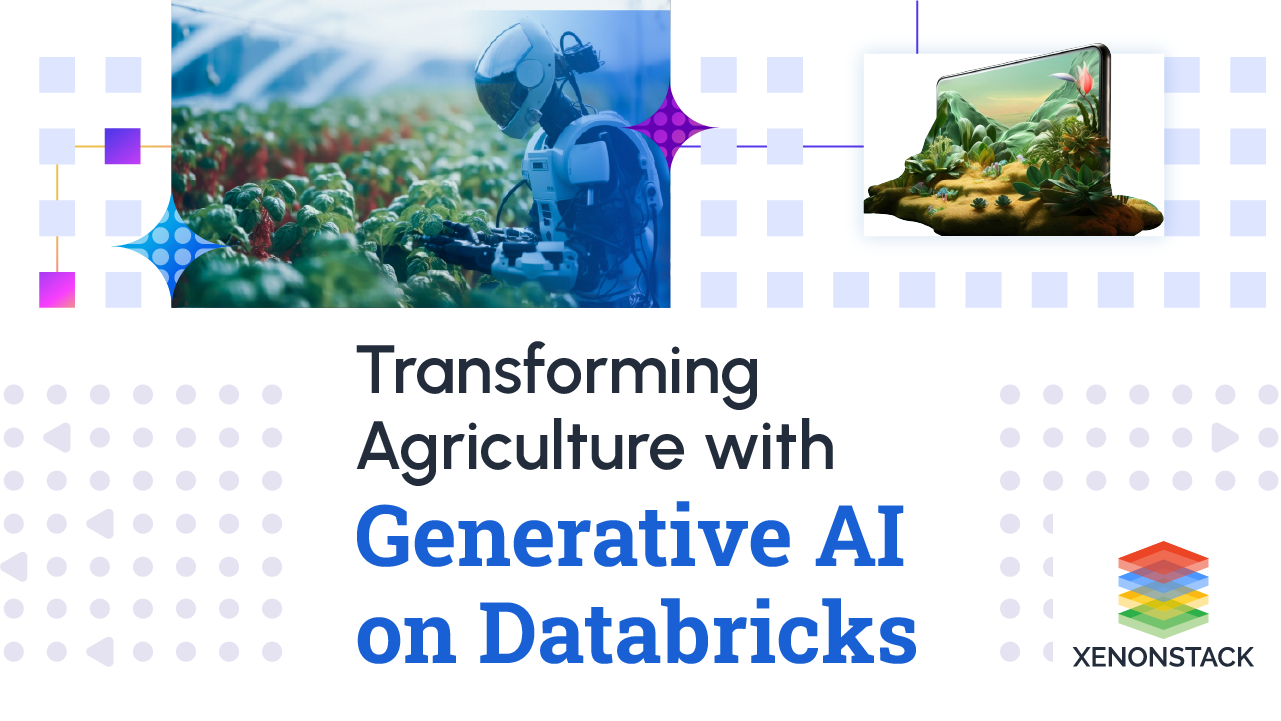
Introduction to RPA Use Cases in Manufacturing
RPA in Manufacturing Industry has attracted recent innovations in factories in various sectors. Significantly, the manufacturing sector is experiencing error-free and streamlined procedures without completing full performance to give the best productivity using RPA. Smart leaders nowadays embrace Robotics Process Automation to increase their output and good productivity.RPA is not just about efficiency. It can help with improving customer experiences, which will be essential in retaining revenues. Source: ForbesSo what are the best Functional Areas and Use Cases of RPA in Manufacturing for one to understand? We have here the Top 5 RPA Use Cases in Manufacturing Industry to understand the processes. Go through the Use cases one by one below.
RPA helping in Invoice Processing
Let's know what initiated the change from Manual to Automated Processes, this being an integral part of RPA Use Cases in Manufacturing.Manual Work
We receive a lot of Invoices, which we have to update and send for approvals. This is a very tedious and time-consuming task. This work gets completed when the payment is made and updated. We receive invoices in the form of PDFs. The data has been copied from the PDFs to the portal for correct accounts and sent the invoices for approval. This manual work contains a lot of chances of human errors and also time-consuming.Automated Process
This issue of invoice processing can be solved with RPA. All the data will be completed with the automation without any human intervention. This work will be accomplished. There will be no scope of mistakes. The Bot will read the complete data and update the data on the respective portal, and the mail will also be sent with the invoices to be approved.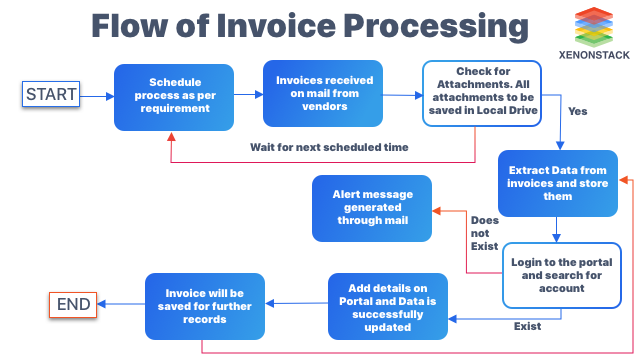
Steps for Automation of Invoice Processing
- Save the invoices received by mail from vendors.
- Save all the attachments on the local folder.
- Create a process to extract the data from Invoice and store them in variables
- Open portal. Search for account.
- Add the details on the portal, and Data is successfully updated on the portal.
- The invoice will be saved on the system for records. And can also be shared by mail.
- And the process continues with the next invoice.
RPA can fulfill the space between Cloud ERP and legacy application, recalling the legacy operation's value and adding the cloud's capabilities. Click to explore about, Implementing RPA in ERP for Systems Transformation
RPA for ERP Systems
Let's know what initiated the change from Manual to Automated Processes, this being an integral part of RPA Use Cases in Manufacturing.Manual Work
In the analysis below, we are discussing various challenges that the organization is facing and how the organization is operating huge data at a single place manually:- To calculate VAT from the ERP system reports daily.
- The Logistic team will send the Imported details to the Finance Team with PDF format attached and upload the system's details.
- The Finance Team will process the reports and send them back to the Logistic Team.
- The Logistics team will check it and give the go-ahead on the process.
- Reports must be collected every month.
Automated Process
A bot will execute the process. The bot will perform the actions of extracting data from pdf and importing it on the system. Sending the details to the finance team, and a bot will do the VAT calculation. The file is to be shared with the Logistics team for approval.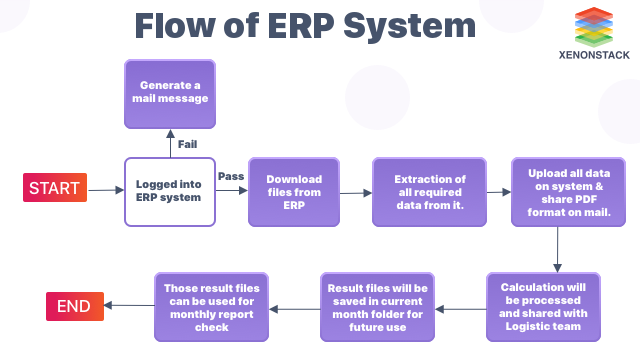
Steps for Automation of ERP System
- The bot will execute the process at different time intervals daily.
- The bot will log in to the ERP system with the credential manager.
- Then it will click on the buttons from where the file will be downloaded.
- All required data will be extracted from the template and will be uploaded to the system.
- The file will be shared with the Finance Team by mail, and PDF format will be attached to it.
- The bot will process the file, and the VAT will be calculated from that.
- The processed files will be stored in a folder with the current month’s name.
- It will be shared with the logistic team by mail.
- All the amounts can be saved in an excel file with the receipt number or any unique value.
- At the end of the month, we can check those values.
- And the processed files will also be there in the current-month folder.
A software tool design to execute the Human manual process into automation to work on another complex task. Click to explore about, RPA Governance Model with Best Practices via CoE
Inventory Management
Let's know what initiated the change from Manual to Automated Processes, this being an integral part of RPA Use Cases in Manufacturing.Manual Work
In Inventory Management, the employer must keep a check on the stocks' inventory to be enough when required. A person must log in and check for each item if available or not or add the new stocks into the system. It’s a time-consuming process to keep a check on it daily. It can lead the insufficient inventory when required.Automated Work
In the Automated process, the bot will log in to the portal. Iterate through all the items available in the stock. Extract the values of each item and add them to the excel sheet with today’s date. A minimum value can be stored, so if any item is below that amount, a mail will be generated to the person for stocks' insufficiency. Whenever stock needs to be added in the system, a mail will be sent, which the bot will read, and the steps will be created to perform the actions and add the stocks.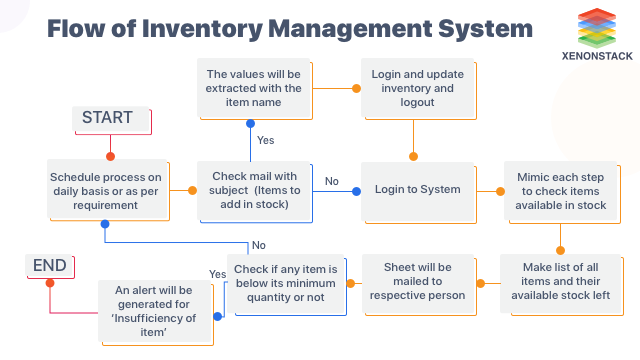
Steps for Automation of Inventory Management System
- The bot will route through the mail daily. Check for any mail containing the keyword “Item to be added in stock.”
- If any mail comes, then the values will be extracted with the item name—login into the system.
- Update the Inventory and logout.
- Suppose the bot is not able to find any mail. The bot will go to each step to check for each item available in stock and make a list of all the items and their available stock left.
- And this sheet will be mailed to the person.
- If any item is below its minimum quantity, then an alert mail will be generated to fill up the stock or “insufficiency of item.”
- This process can be scheduled as per the convenience of the user.
RPA in Hotel Bookings
Let's know what initiated the change from Manual to Automated Processes, this being an integral part of RPA Use Cases in Manufacturing.Manual Work
In this process, an e-mail request was received from the travel agent by the reservation department. The calling agent used to open the mail and identify the travel agency, after which the booking details such as reservation number, check-in, check-out, guest name, etc., are extracted by them. These details are then filled on their opera portal for the identified location. After this, a confirmation mail is sent to the travel agent with a confirmation number. In the end, the confirmation e-mail was downloaded as a PDF and uploaded to the opera portal attachment, with reservation.Automated Work
With RPA, the bot will read all the unread emails received from the travel agent by the calling agent. The messages will be saved in a folder and accessed based on mail if it contains any attachments or not. If the booking contains an attachment, the bot will extract the data from the given attachment, and if not, the bot will convert the email into a pdf and then extract the required booking details. Bot identify Single booking, multiple booking, and 2 formats of each template. After that, the booking details will be extracted from the templates, and details will be filled in the Opera portal by the location selected. Now, the bot extracts the confirmation number and sends a confirmation mail to the travel agent with the confirmation number. The bot then converts the confirmation mail into a PDF and uploads it on the attachment section with the reservation. After the booking, the bot transfers the details like UUID of the process, date time, guest name, and agent name into the excel sheet for easier backtracking. This process continues till we do not have any new mail in the inbox.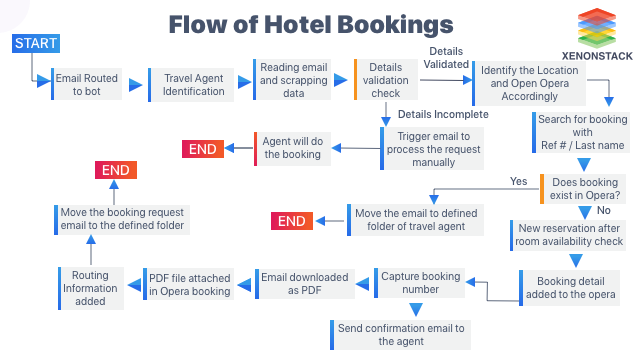
Steps for Automation of Hotel Bookings System
- Bookings were received by mail in a pdf format.
- Bot extracted the data from the pdf.
- Males and females were extracted separately from the template and calculated to add the adults into the opera portal.
- Logged into an opera portal
- Uploaded all the data extracted from the pdf file step by step as required.
- At the end of the booking, an HTML file is uploaded to the opera and shared on the mail as a reply to confirm their booking.
An automation technology in which RPA developers automate repetitive, manual business processes through different RPA tools. Click to explore about, RPA Testing - Debugging the Myths and Facts about RPA
RPA for Sales Order Purchasing
Let's know what initiated the change from Manual to Automated Processes, this being an integral part of RPA Use Cases in Manufacturing.Manual Work
Creating sales orders, verifying, and validating data can take a sufficient amount of time. Various validation checks are involved in this process. We have to take data from the order and update it in SAP ERP System, leading to manual errors.Automated Work
OCR (Optical Character Recognition) helps us in this process. We can easily read the text and perform extractions on the data from the Purchase order. The bot can help to mimic the exact process of updating the data on the system, and now updating the details into SAP and creation of Sales Order can be done with RPA. Validation checks can also be applied to check for the items available in stock or not. Triggers can also be applied for creating the invoice when the order is ready for dispatch.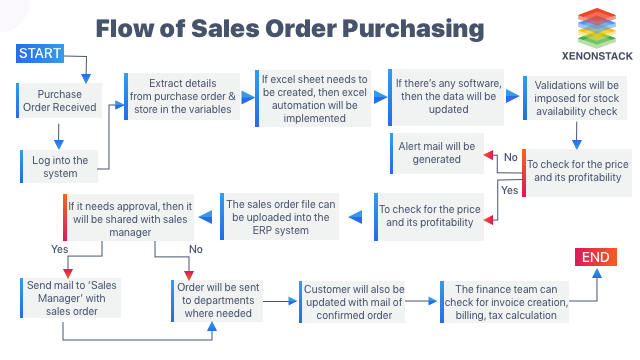
Steps for Automation of Sales Order Purchasing
- Purchase Order received.
- Log in to the system to enter the details.
- The details will be fetched from the purchase order and stored in the variables.
- If an excel sheet has to be created for the process, then excel automation will be done with the extracted data.
- If there’s any software, then the data will be updated with the required information. The validation checks will be imported to check the availability of items in stock and check for the price if it is profitable.
- The sales order file can be uploaded into the ERP system. If the order needs approval from the sales manager, then the order will be shared with him.
- Order will be sent to the departments where needed.
- And will also be updated as the confirmed order. The finance department can check for invoice creation, billing, tax calculation, and payment details.
- If two or more software are involved in the process (depends upon the company), it will also be handled with RPA.

Our solutions cater to diverse industries with a focus on serving ever-changing marketing needs. Click here for our Robotics Process Automation Services and Solutions
Summing up RPA Use Cases in Manufacturing
Manufacturing Industries have now begun implementation of Manufacturing Automation with the help of RPA to reduce human errors. In one way, reducing human resources creates the ability to increase productivity. Using Robotic Process Automation technologies in their back-end operations, they can attain a swashbuckling 40% cost savings in various work areas. Be it any of the RPA Use Cases in Manufacturing mentioned above. What are you waiting for now? Go ahead and use these top 5 'RPA Use Cases in Manufacturing Industry' and conquer the market.
- Discover more about Best Open Source RPA Tools
- Click to explore about RPA in Human Resources Management

